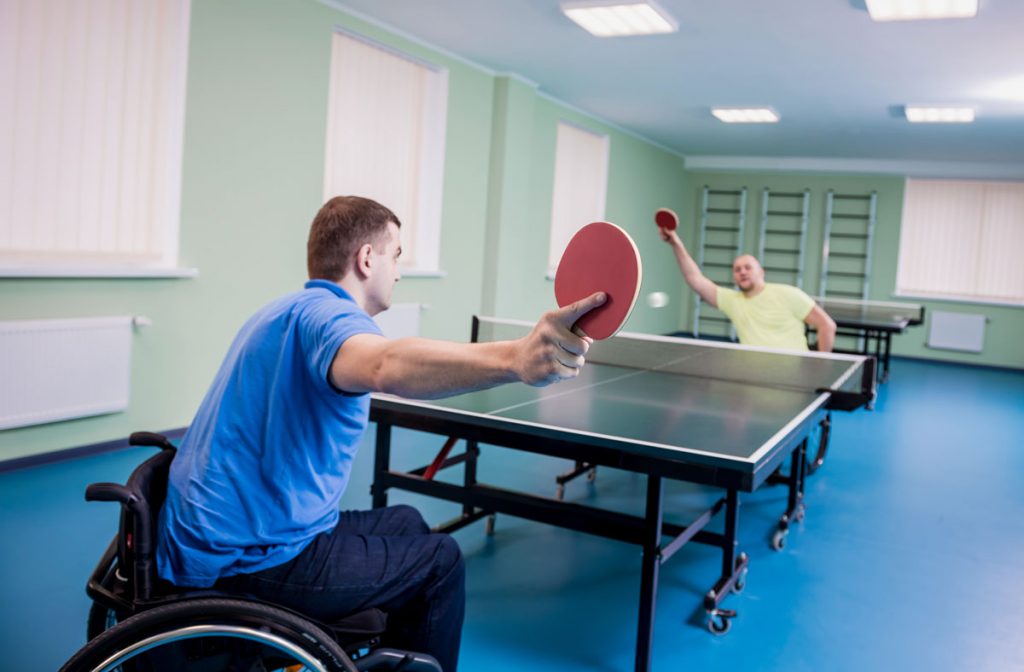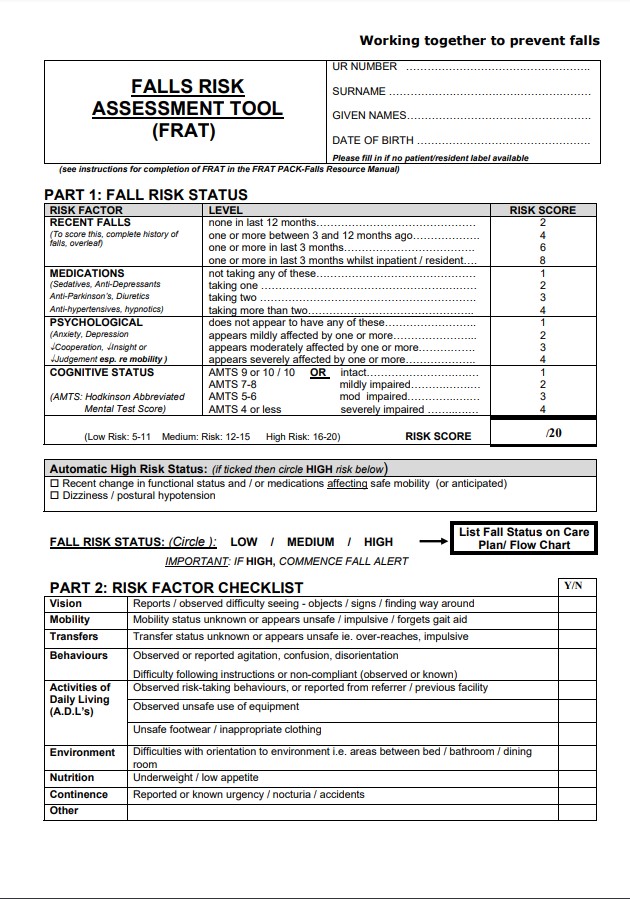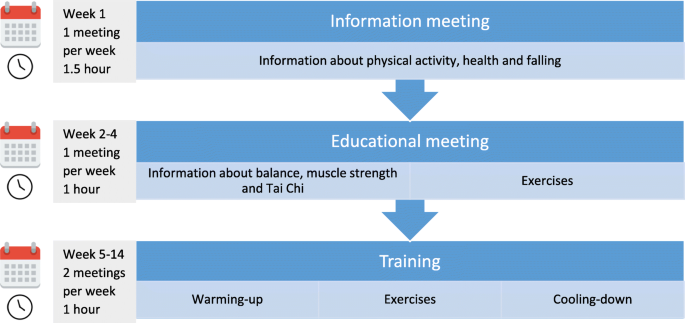The smart Trick of Dementia Fall Risk That Nobody is Discussing
The smart Trick of Dementia Fall Risk That Nobody is Discussing
Blog Article
The Of Dementia Fall Risk
Table of ContentsGet This Report on Dementia Fall RiskThe Definitive Guide to Dementia Fall RiskThings about Dementia Fall RiskGet This Report on Dementia Fall RiskThe smart Trick of Dementia Fall Risk That Nobody is Talking About
The FRAT has 3 sections: drop danger condition, threat element list, and action strategy. A Fall Danger Standing consists of information concerning history of recent falls, medicines, psychological and cognitive condition of the individual - Dementia Fall Risk.If the patient ratings on a threat aspect, the corresponding variety of factors are counted to the individual's loss risk rating in the box to the far best. If a person's autumn danger score amounts to 5 or greater, the person goes to high danger for drops. If the individual ratings only four points or lower, they are still at some risk of falling, and the nurse should use their best medical assessment to handle all fall risk factors as component of a holistic treatment plan.
These standard methods, in basic, help establish a risk-free setting that decreases unintentional drops and marks core safety nets for all clients. Indications are essential for individuals at danger for drops. Doctor need to acknowledge who has the condition, for they are accountable for implementing activities to promote patient security and avoid drops.
A Biased View of Dementia Fall Risk
Wristbands should include the client's last and initial name, day of birth, and NHS number in the UK. Only red color ought to be utilized to indicate unique client status.
Things that are also far might call for the patient to connect or ambulate unnecessarily and can potentially be a danger or contribute to falls. Aids protect against the patient from going out of bed without any type of help. Registered nurses react to fallers' phone call lights quicker than they do to lights launched by non-fallers.
Visual disability can significantly cause drops. Keeping the beds closer to the floor lowers the danger of drops and significant injury. Positioning the cushion on the floor dramatically minimizes autumn threat in some healthcare setups.
How Dementia Fall Risk can Save You Time, Stress, and Money.
People who are tall and with weak leg muscles that attempt to sit on the bed from a standing placement are likely to fall onto the bed since it's too low for them to decrease themselves securely. If a tall client attempts to get up from a low bed without aid, the client is likely to drop back down onto the bed or miss the bed and fall onto the flooring.
They're designed to advertise timely rescue, not to avoid drops from bed. Apart from bed alarms, raised supervision for risky people likewise may assist avoid drops.

People with an evasion stride rise fall opportunities significantly. To reduce loss threat, shoes need to be with a little to no heel, thin soles with slip-resistant step, and sustain the ankles. Suggest patient to make use of nonskid socks to stop the feet from gliding upon standing. Urge patients to use proper, well-fitting shoesnot nonskid socks for motion.
Dementia Fall Risk - The Facts
Clients, especially older adults, have minimized aesthetic capability. Lighting a strange setting aids boost presence if the person have to obtain up during the night. In a research study, homes with appropriate illumination record less falls (Ramulu et al., 2021). Improvement in lights at home may reduce loss useful content prices in older adults (Dementia Fall Risk). The use of gait belts by all wellness care companies can promote safety and security when aiding individuals with transfers from bed to chair.

Caretakers are efficient for guaranteeing a protected, protected, and safe setting. Research studies demonstrated very low-certainty proof that sitters lower fall threat in severe care health centers and just moderate-certainty that choices like video surveillance can decrease caretaker use without raising fall threat, recommending that sitters are not as valuable as at first believed (Greely et al., 2020).
Excitement About Dementia Fall Risk

Increased physical fitness decreases the danger for drops and restricts injury that is suffered when loss transpires. Land and water-based exercise programs may be in a similar way useful on balance and stride and consequently minimize the threat for falls. Water exercise might contribute a favorable benefit on balance and gait for females 65 years and older.
Chair Increase Exercise is an easy sit-to-stand exercise that assists enhance the muscle mass in the thighs and butts and enhances mobility and independence. The goal is to do Chair Increase workouts without using hands as the customer becomes more powerful. See resources section for a thorough guideline on exactly how to perform Chair Increase exercise.
Report this page